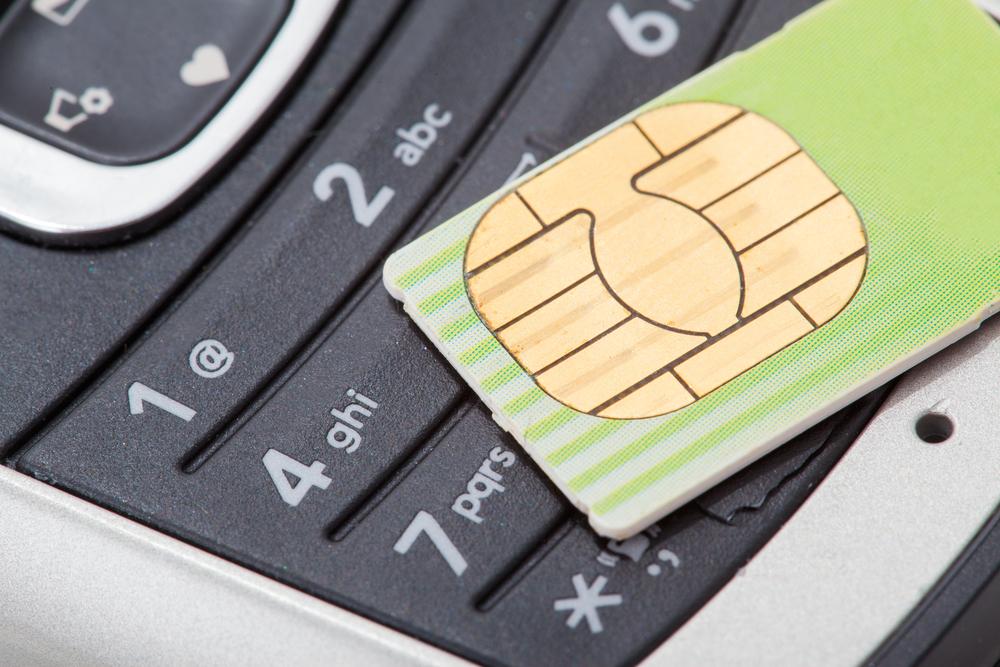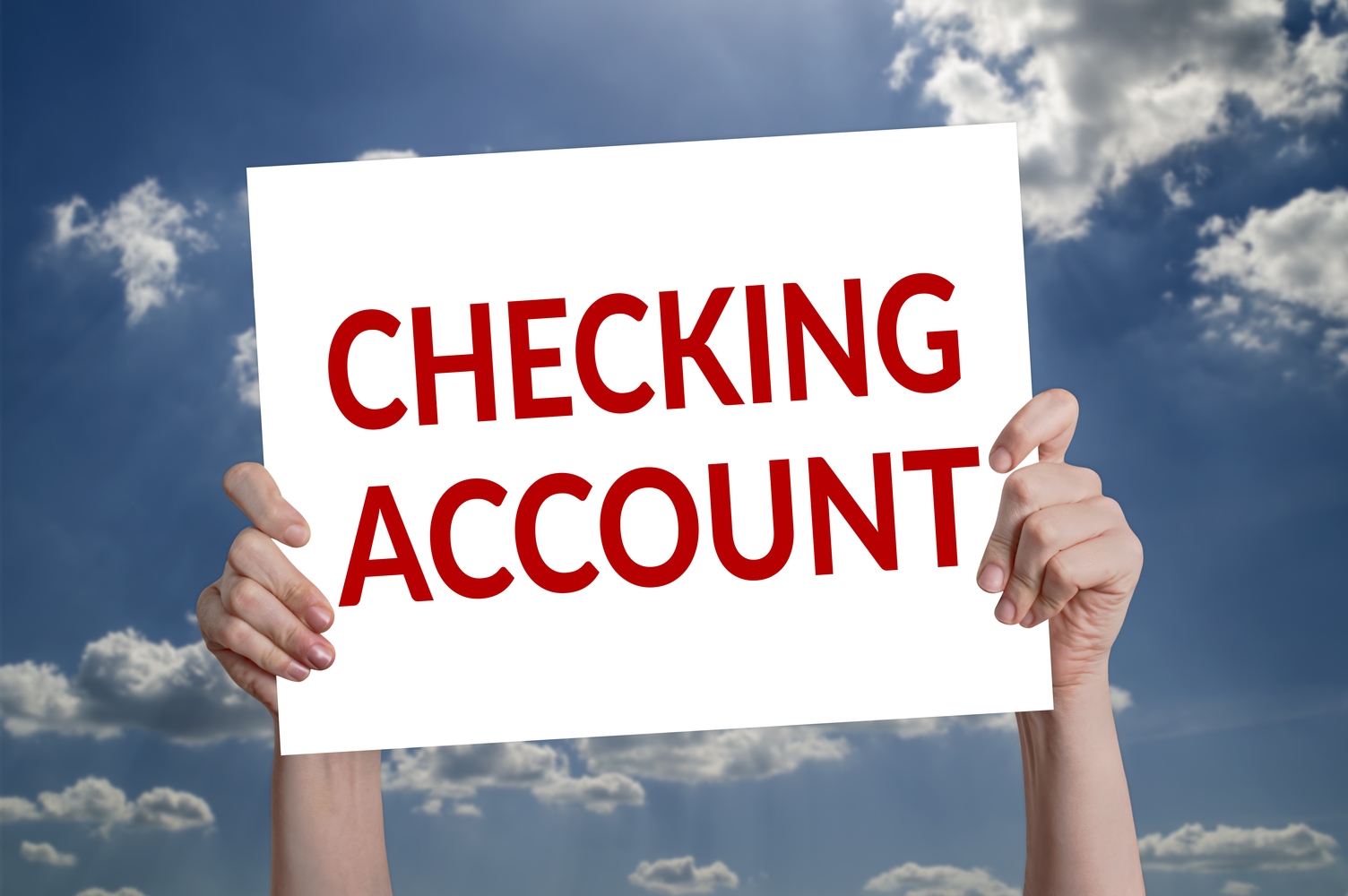Comprehensive Guide to Selecting the Perfect Prepaid Card: Essential Tips for Smart Spending
Learn essential tips for selecting the best prepaid card, including understanding fees, monitoring activity, and exploring alternatives. This comprehensive guide helps you make informed decisions to maximize your financial management and safety. Perfect for those seeking a convenient, manageable way to handle their funds without traditional bank accounts, prepaid cards are versatile tools. Discover how to choose a card that aligns with your spending habits, avoid common pitfalls, and utilize prepaid options for personal finances or gifting. Make smarter financial choices with this detailed overview.

Comprehensive Guide to Selecting the Perfect Prepaid Card: Essential Tips for Smart Spending
Prepaid cards have become an increasingly popular financial tool for a diverse range of consumers. Whether you're someone who prefers to avoid traditional banking complexities, lacks access to credit, or simply wants a convenient and safe way to manage your funds, prepaid cards offer an excellent solution. They serve not only as practical financial instruments but also as ideal gifting options, allowing recipients to enjoy the flexibility of shopping without the worry of overspending. However, navigating the world of prepaid cards requires a clear understanding of their features, fees, and limitations to maximize their benefits while avoiding pitfalls.
Understanding the nuances between prepaid cards and traditional debit or credit cards is crucial to making an informed decision. Unlike standard bank-issued debit or credit cards, prepaid cards function on a prepaid balance—meaning you're limited to the funds loaded onto the card, which helps in controlling your spending and preventing debt accumulation. Meanwhile, many users appreciate that prepaid cards can be used in a variety of settings—from everyday purchases at retail stores to online transactions—making them versatile financial tools. Nevertheless, they also carry certain intricacies, particularly in terms of fees and usage policies, which makes careful research and planning essential before choosing the right card for your needs.
Thoroughly Reviewing the Terms and Conditions
One of the most critical steps before acquiring a prepaid card is to meticulously read and understand the terms and conditions associated with it. Many card providers embed various fees into their service offerings—fees that are often not immediately evident or clearly disclosed at the outset. Common charges include monthly maintenance fees, inactivity fees if the card remains unused for a certain period, ATM withdrawal fees, and additional costs for specific services such as balance inquiries or customer support. Failure to recognize these costs can lead to unexpected expenses that diminish the card’s value. Therefore, it is advisable to request detailed information from the issuer and clarify any ambiguities regarding fees, restrictions, or the card’s limitations.
In addition to fees, users should pay attention to policies related to loading funds, card expiration, and balance management. Some prepaid cards impose limits on the amount of money that can be loaded monthly or in total, which could be restrictive depending on your financial needs. Others may have renewal or expiration policies that require reactivation or replacement, which may incur additional costs. It is essential to choose a card that aligns with your spending habits and financial goals, whether that means selecting a card with no monthly fees or one that offers unlimited ATM withdrawals.
Keeping Track of Your Card Activity
Unlike regular debit or credit cards, prepaid cards often do not automatically generate detailed statements unless you take specific actions. This can make monitoring your spending more challenging if you do not stay vigilant. To avoid overspending or missing fraudulent transactions, consider registering your prepaid card online if the provider offers such a feature. Many issuers provide online portals and mobile apps that allow users to track expenses, set transaction alerts, and review transaction histories. Enabling email or SMS notifications for each purchase provides real-time updates, ensuring you remain informed about your card activity and can quickly respond to any suspicious transactions.
Exploring Alternatives and Usage Tips
While prepaid cards are highly useful, they are not universally accepted everywhere. Some merchants or service providers may prefer or only accept traditional payment methods, such as debit or credit cards, especially for larger transactions. Moreover, there's a potential risk of losing funds if the card is lost or stolen, particularly if the card is not registered or lacks security features. To mitigate these risks, consider purchasing gift cards for specific purposes, such as groceries, gifts, or online shopping. Gift cards usually have fewer fees and restrictions, making them a convenient alternative.
For frequent users, it’s wise to select a prepaid card with favorable features—such as minimal or no monthly fees, high withdrawal limits, and fee-free online transactions. Some cards offer unlimited ATM withdrawal privileges, which is beneficial for those who need regular cash access. Educating yourself about the policies governing your prepaid card can enhance your user experience, help prevent unnecessary costs, and ensure your funds are always secure.
Prepaid cards also present an excellent opportunity for teaching financial literacy to children, teenagers, or college students. They serve as manageable tools that foster responsible spending habits and money management skills. Overall, choosing the right prepaid card involves balancing factors such as fee structure, transaction limits, security features, and convenience to find a solution tailored to your unique financial lifestyle.





